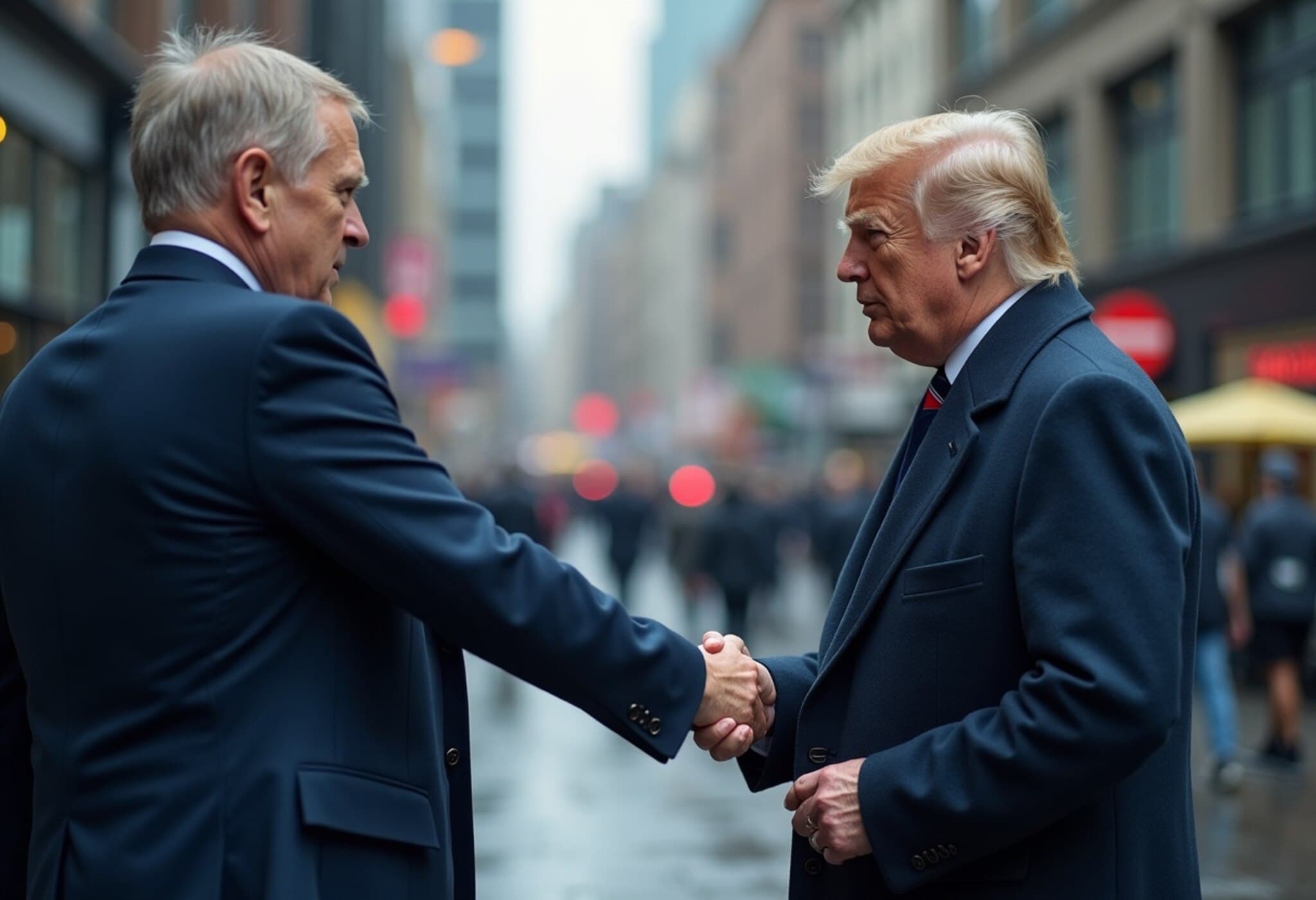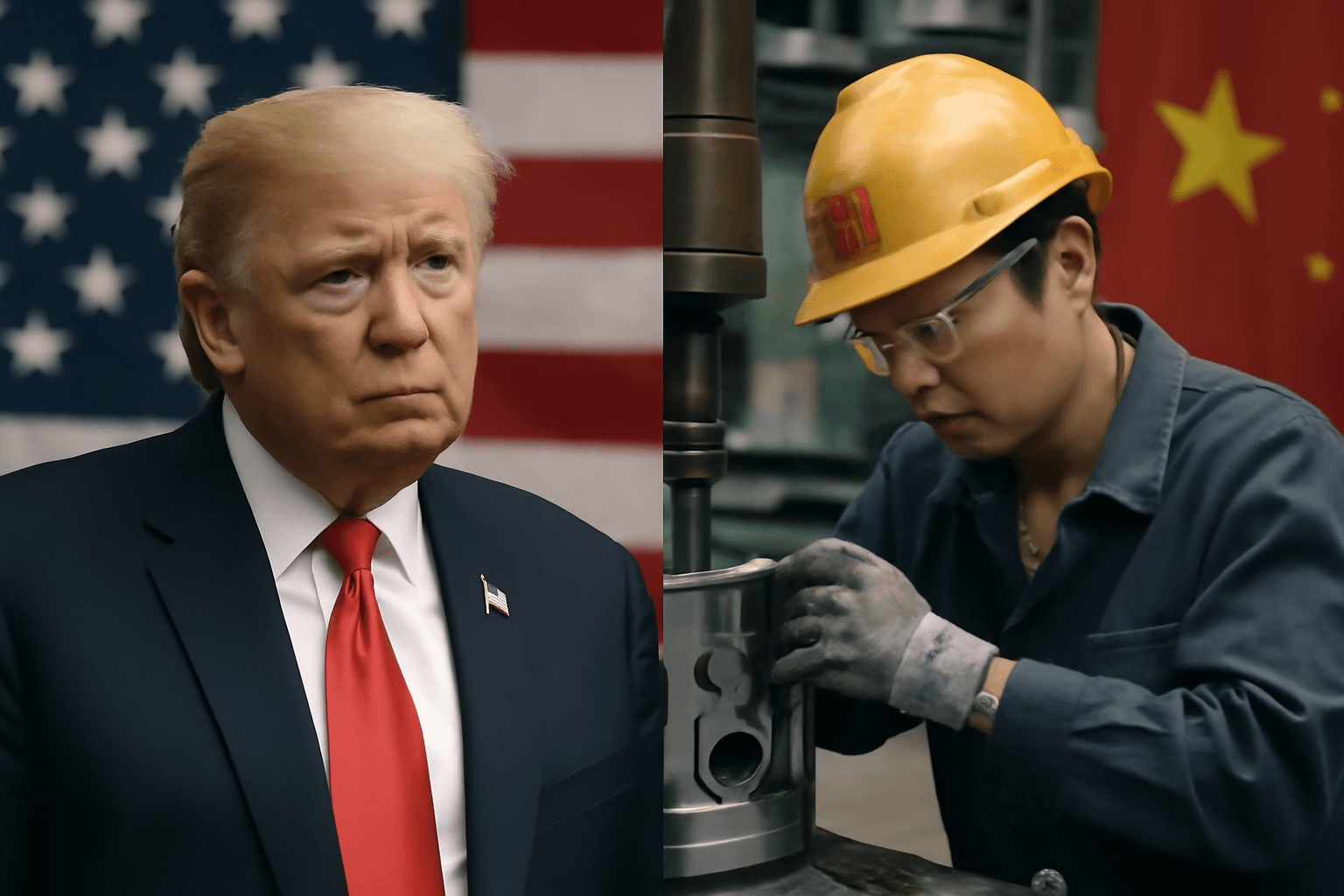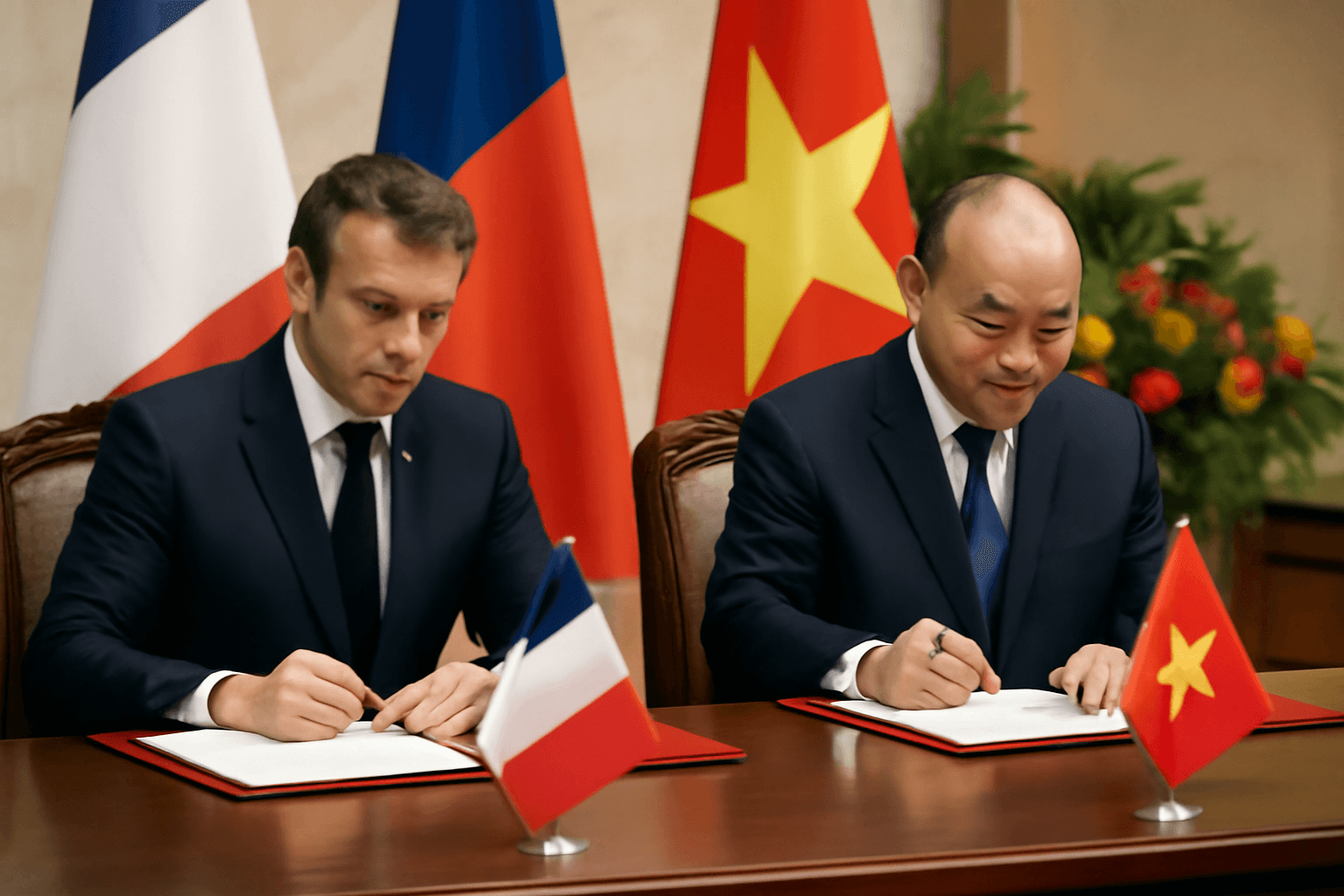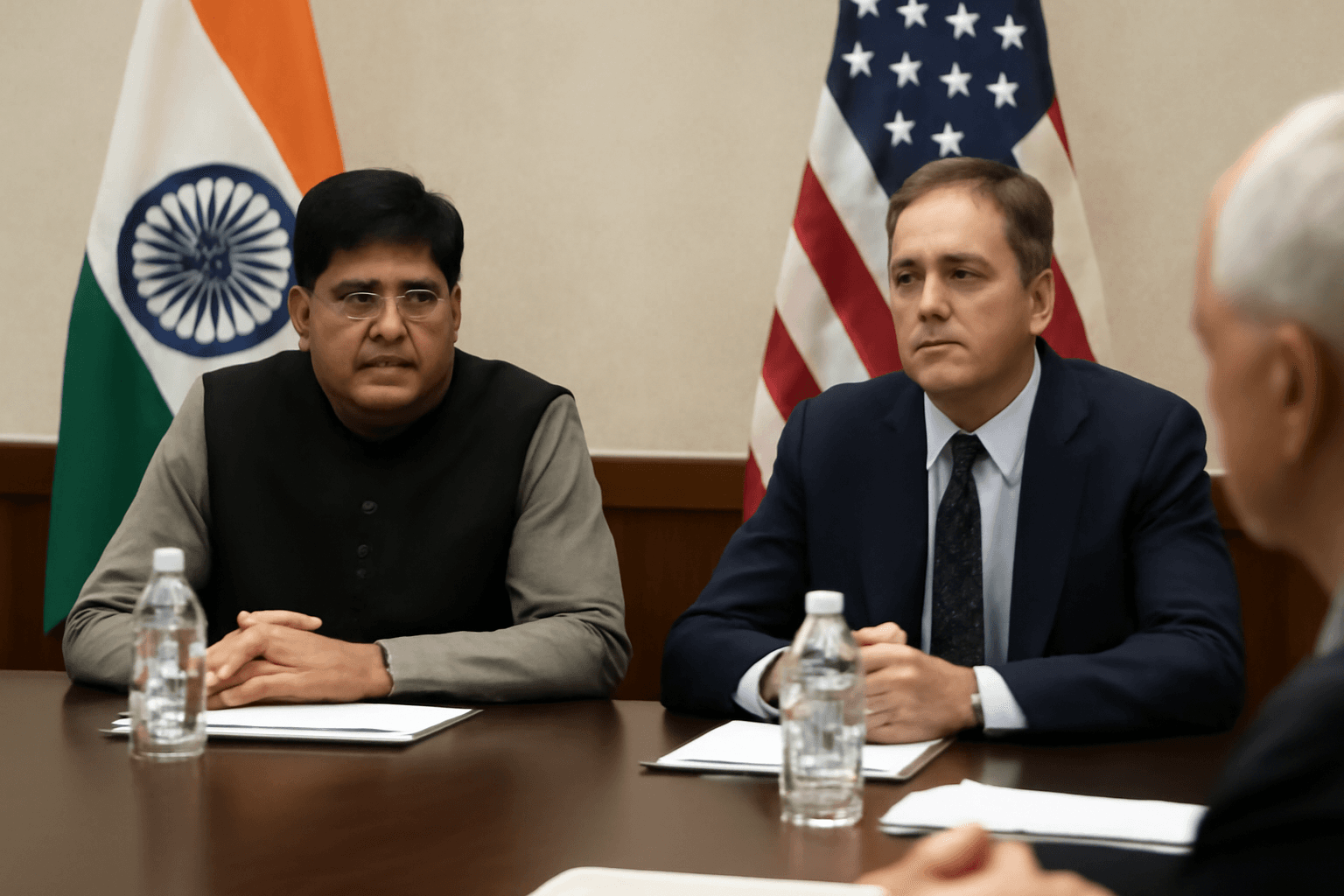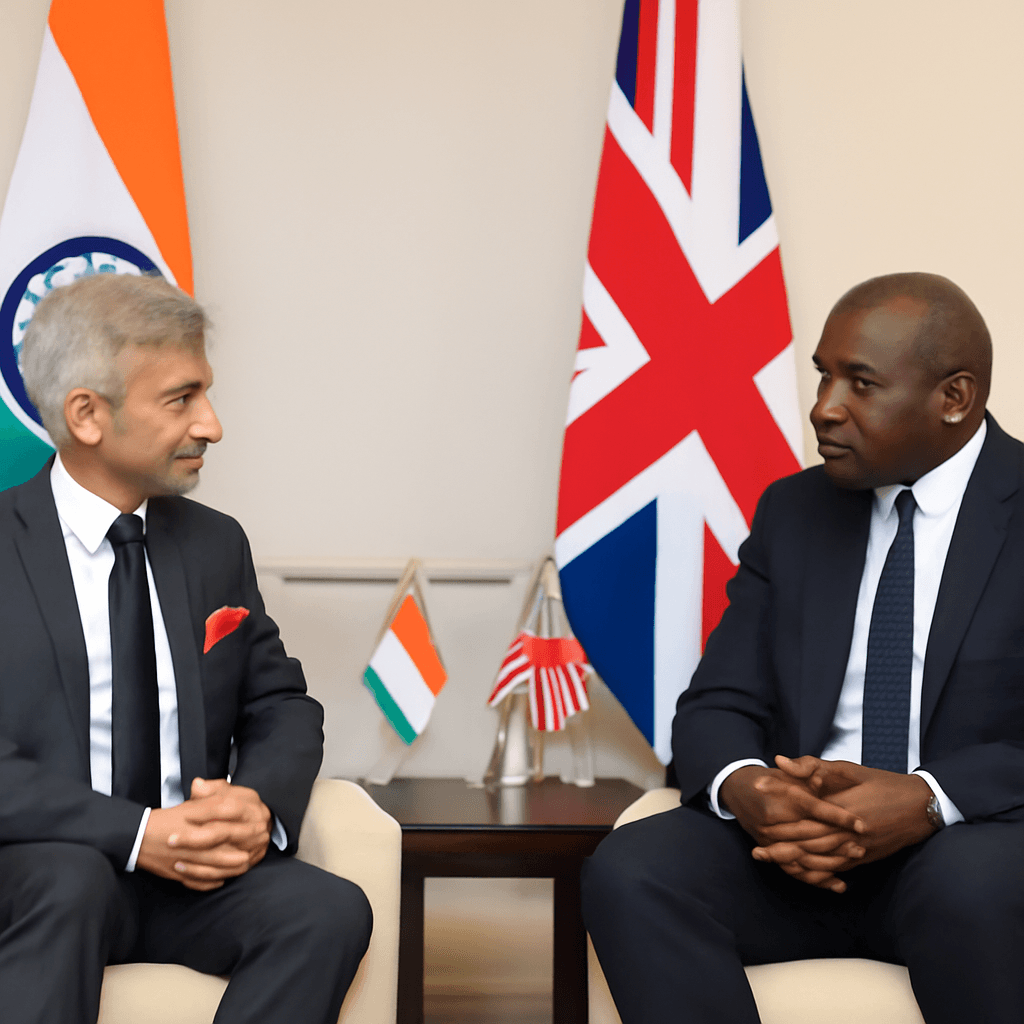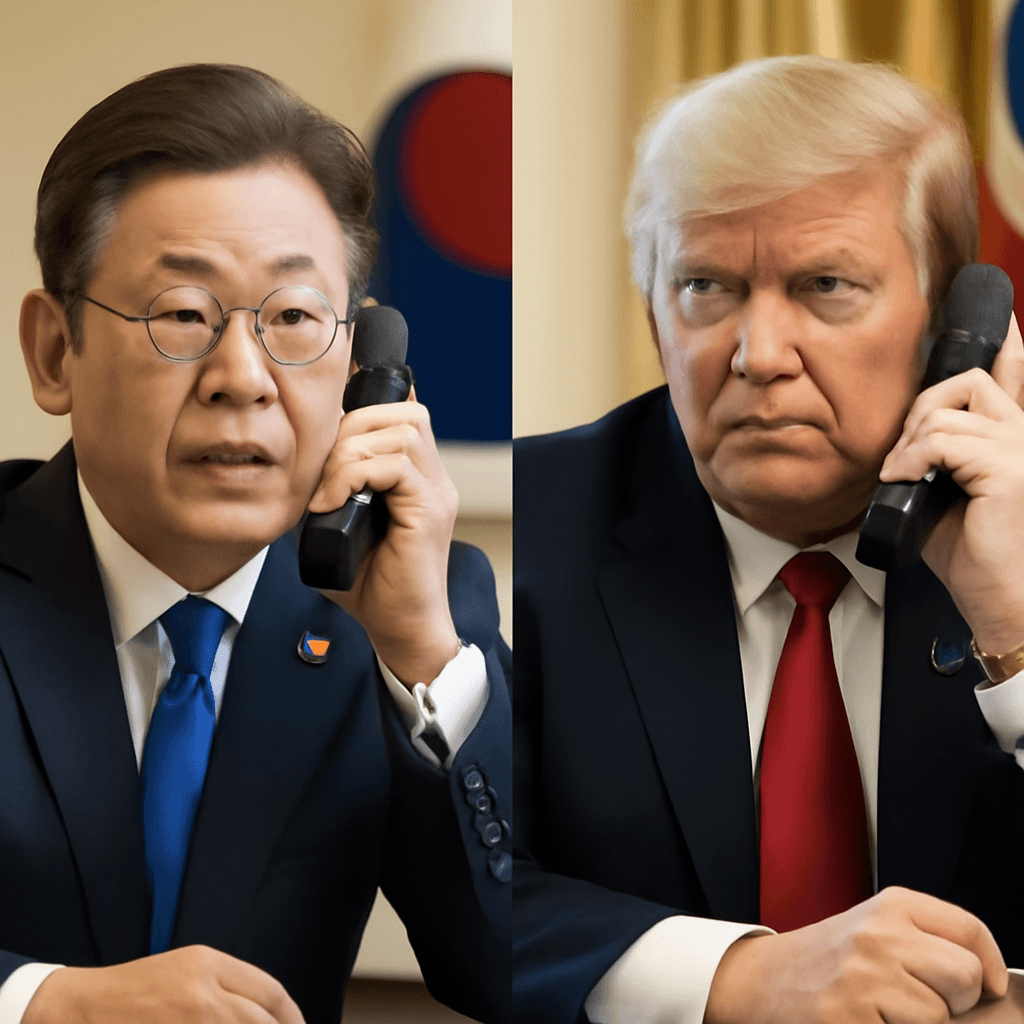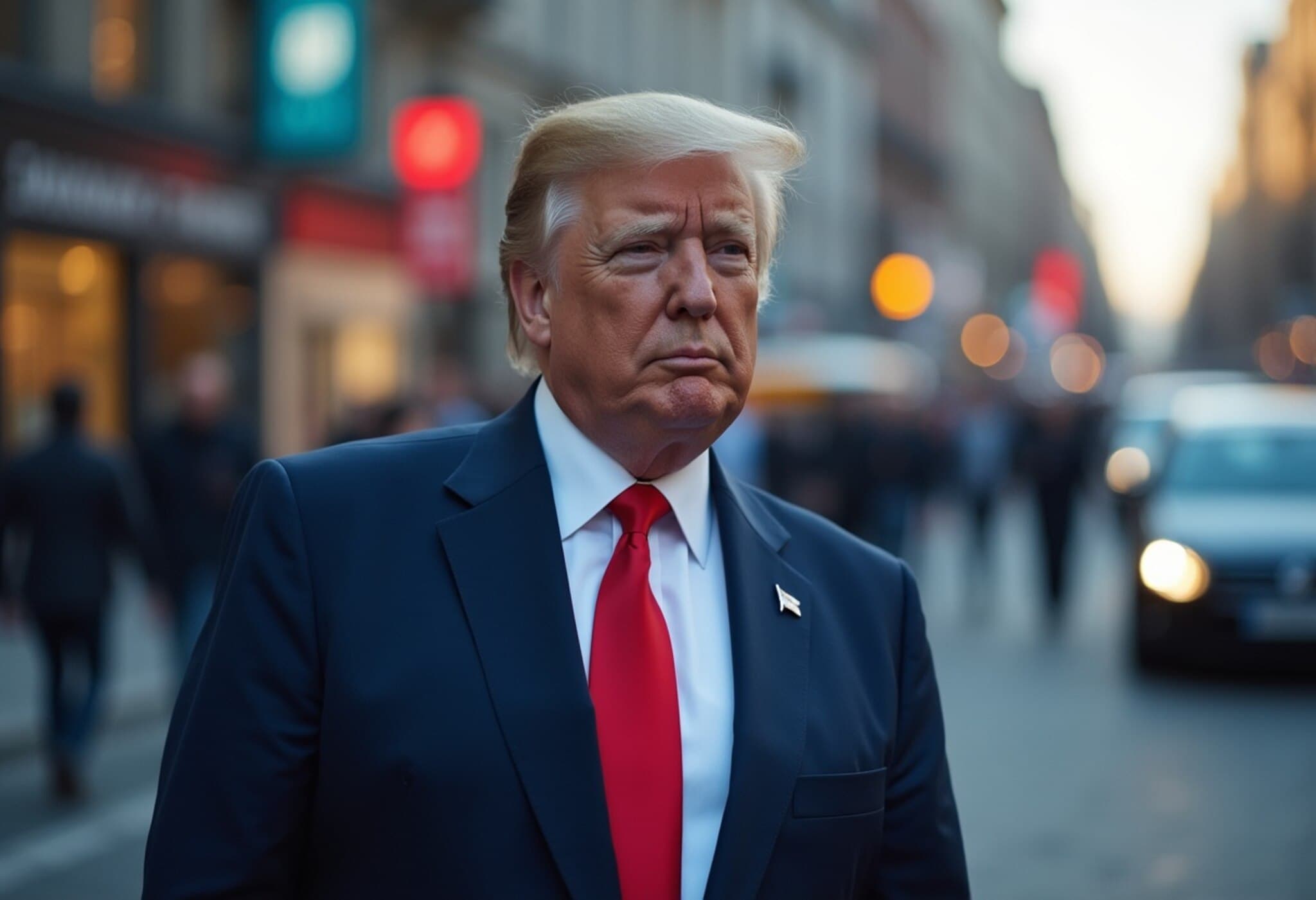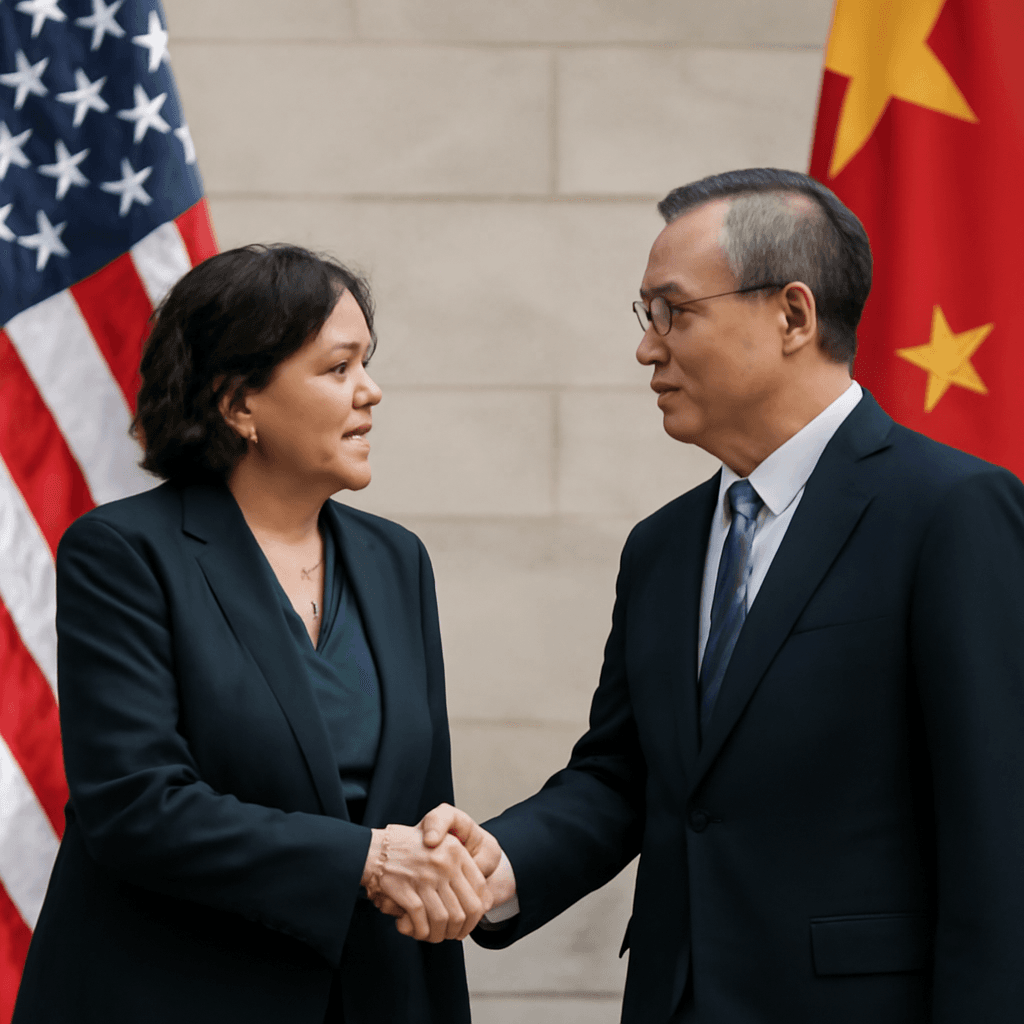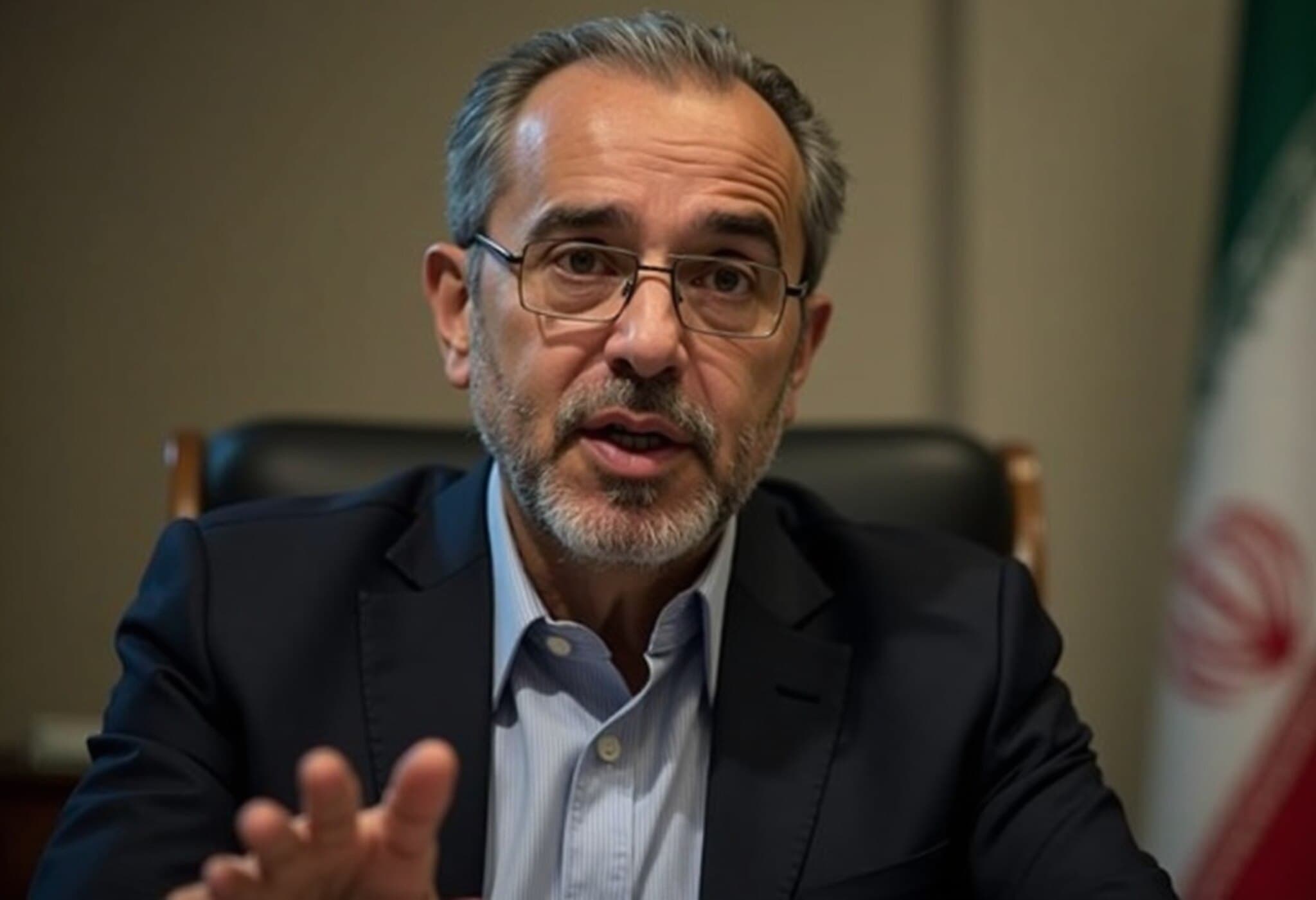EU and US Strive to Finalize Trade Agreement Before July Deadline
As tensions escalate over tariffs, the European Union (EU) and the United States are working intensively to secure a trade deal ahead of the critical July 9 deadline. The dispute centers on the US government's recent move to impose 50% tariffs on steel and aluminum imports, a decision that has ignited significant concern among European producers.
Intense Diplomatic Exchanges Ahead of G7 Summit
European Commission President Ursula von der Leyen underscored the EU's dedication to reaching a "good" trade agreement in a recent phone conversation with US President Donald Trump. Sharing insights on social media, von der Leyen described their call as constructive, touching not only on trade but also geopolitical issues including developments in the Middle East and Ukraine.
Earlier in May, after President Trump threatened a steep tariff hike, European Commissioner for Trade Maros Sefcovic emphasized the EU’s ongoing efforts to keep talks productive. Thanks to diplomatic discussions, the US agreed to postpone the tariff increase until July 9, offering a crucial window to negotiate.
Complex Negotiations Amid Growing Frustrations
US Commerce Secretary Howard Lutnick acknowledged on June 11 that while the US is swiftly closing trade deals with other partners, the EU remains one of the toughest negotiations. He described the EU as initially a difficult counterpart but noted that the recent ultimatum spurred the bloc to come forward with a more concrete proposal.
Despite intensive communications between EU trade officials and their US counterparts, many insiders predict that concluding a full agreement by the July deadline is unlikely. Instead, reaching consensus on the fundamental principles may be the most optimistic outcome, allowing time to hammer out finer details later.
Challenges Rooted in Diverse Interests and Unclear US Demands
The ongoing talks have been hampered not only by the complexity of dealing with a 27-nation union but also by the US administration's unclear objectives. US Treasury Secretary Scott Bessent has publicly expressed frustration, labeling the EU as having a "collective action problem" and highlighting it as an exception compared to other trading partners negotiating in good faith.
The EU, on its part, continues to seek clarity on what the US expects from the negotiations amid these tariff tensions.
Looking Ahead
With the clock ticking toward July 9, the EU and US face mounting pressure to bridge their differences. Though a swift resolution is far from guaranteed, the ongoing dialogue demonstrates both sides’ recognition of the high stakes involved in setting the tone for transatlantic trade relations.

